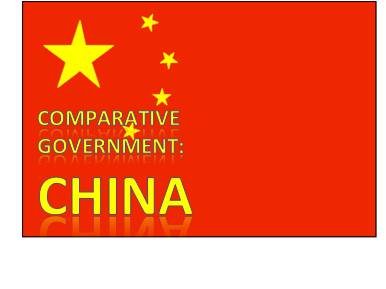About thirty years ago, China created the special economic zone of Shenzhen.
It is near Hong Kong and is one of the few places in China where the
government has not restricted business.
 When Shenzhen was created, it flourished with new businesses because
When Shenzhen was created, it flourished with new businesses because entrepreneurs only had to comply with a few laws. They were allowed to
compete freely, and were not controlled in any way by China’s government.
This true capitalism created a massive city of millions of people willing to
work for very little money, which has caused a number of foreign businesses
to set up factories in the area because the costs of production are so much
lower than any other place.
Unfortunately, the economic prosperity is no longer bringing
in entrepreneurs at the rate it once was. A recent study has shower that over
the last five years, the population creating new businesses has dropped seven
percent. This trend is not only seen in Shenzhen, but in many other cities, at
least five other cities appear to be following the same trend.
This trend is correlated to two main factors. Shenzhen is running out of
land, and China’s businesses are taking some of the employees that once got
the best pay within the special economic zone. To find out more, read
The Economist’s article: The Spirit of Enterprise Fades.
These facts mean that there is an increasing amount of competition from
both inside China, and from global markets. This competition will not only
cause businesses within the special economic zone to lose employees to
areas within China, but they will also be forced to compete on a global market
that they are not used to because of their lack of investors.
The playing field will soon be leveled with these economic changes. This
could dramatically change the foreign and economic policy of many countries
when they find that their largest companies may be moving their production to
new locations around the globe.
Grade This Post.







No comments:
Post a Comment